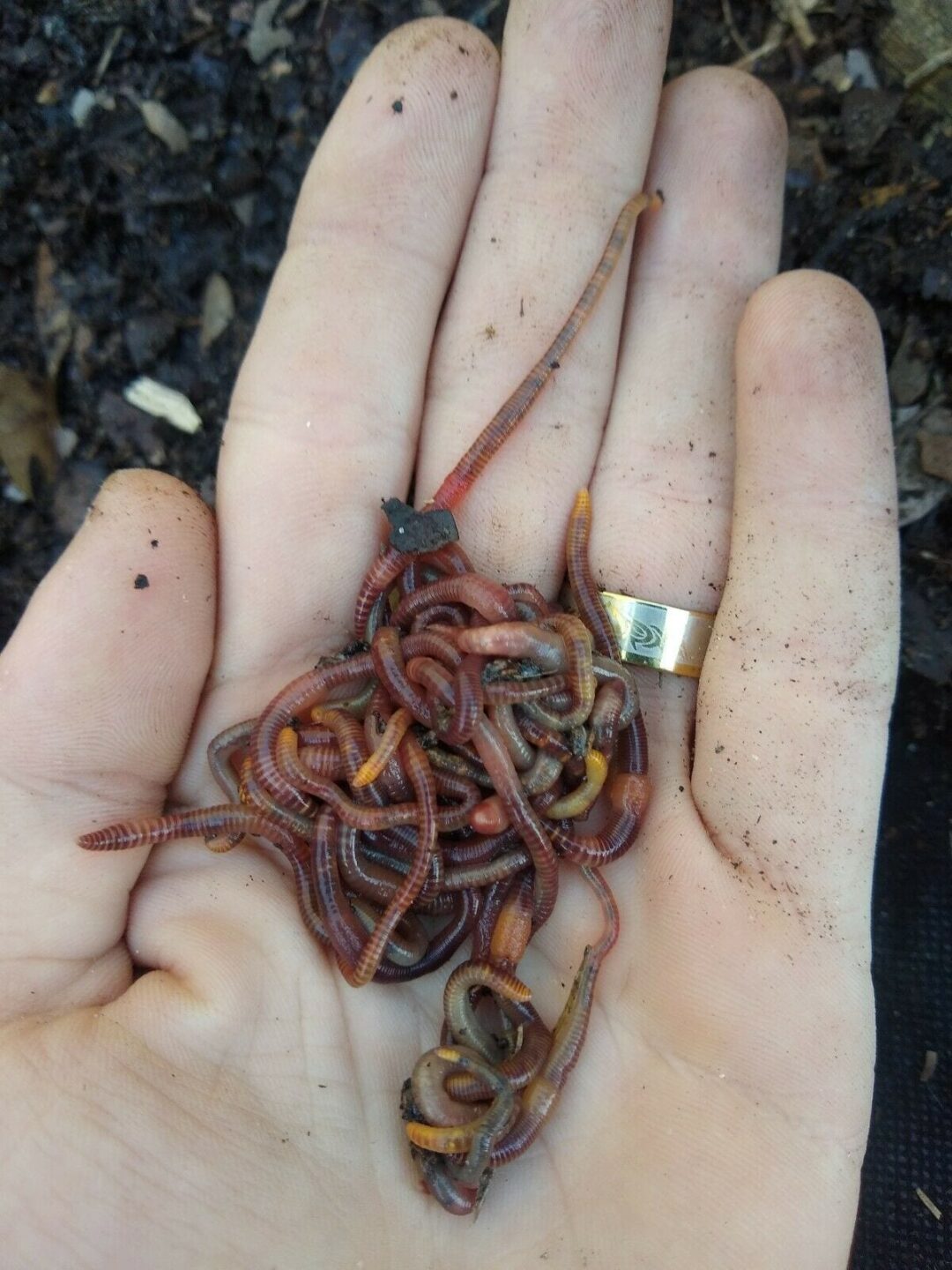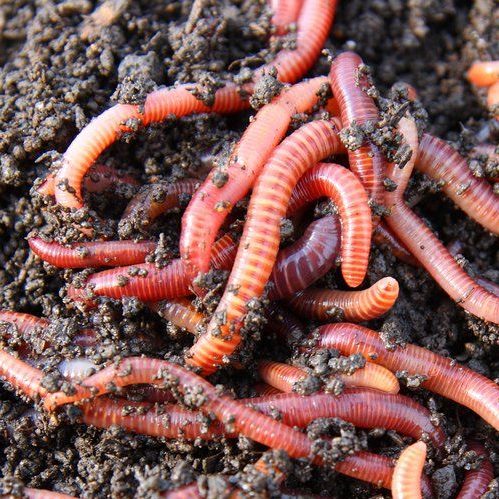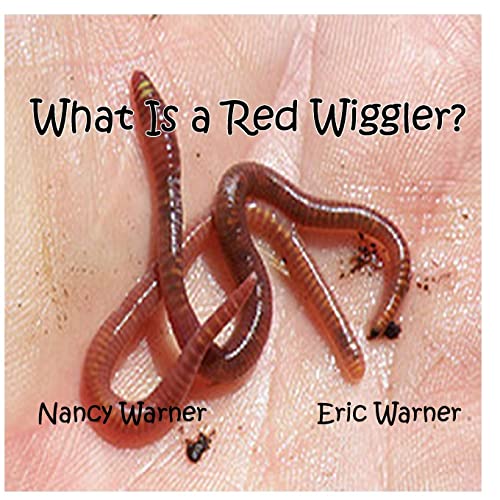Discover Why Lake Hickory Bait is the Best Choice for Yard Care
Discover Why Lake Hickory Bait is the Best Choice for Yard Care
Blog Article
Unlock the Tricks of Red Wigglers: Your Guide to Composting Success
The combination of red wigglers into composting techniques offers a substantial chance for boosting dirt health and wellness and promoting sustainability. These microorganisms are not simply effective recyclers of organic waste; they supply a myriad of benefits that can change garden administration. Understanding their demands and actions is critical for maximizing their possibility, from establishing up a suitable worm bin to feeding them the appropriate materials. As we explore the necessary parts of successful vermicomposting, one could wonder exactly how these tiny creatures can cause an extra vibrant and efficient garden ecosystem.

What Are Red Wigglers?
(Red Wiggler Express)Red wigglers, medically recognized as Eisenia fetida, are a types of earthworm largely utilized in composting due to their amazing ability to decay organic matter effectively. These worms are characterized by their reddish-brown coloration and a fractional body, commonly determining in between 3 to 4 inches in length. Unlike various other earthworm varieties, red wigglers grow in rich, natural atmospheres, making them ideal for vermicomposting systems.
Native to North America, they are frequently discovered in decaying leaves and garden compost heaps, where they play an important duty in nutrient recycling. Their adjustment to living in a damp, aerobic environment allows them to take in big quantities of organic waste, simplifying right into nutrient-rich spreadings that enhance soil wellness.
Red wigglers duplicate swiftly, with a solitary worm capable of producing a number of cocoons each week, each consisting of numerous hatchlings. Recognizing the biology and behavior of red wigglers is crucial for optimizing their capacity in composting applications.
Advantages of Using Red Wigglers
Harnessing the power of red wigglers in composting offers many benefits that boost dirt wellness and advertise sustainable waste monitoring. These exceptional organisms successfully break down raw material, changing cooking area scraps and backyard waste into nutrient-rich vermicompost. This completed product is incredibly beneficial for plant growth, as it boosts soil framework, enhances dampness retention, and boosts nutrition schedule.

(Lake Hickory Bait)Furthermore, the visibility of red wigglers in your composting system can accelerate the composting procedure, creating top notch compost in a fraction of the time compared to conventional approaches. The spreadings generated by these worms are also bursting with helpful microbes that additionally enrich the soil ecological community.
Establishing Your Worm Container
Creating an effective worm container is an uncomplicated process that can dramatically improve your composting efforts. The very first step is choosing an appropriate container. Worm containers can be made from plastic storage bins, wooden boxes, or commercially offered worm bins. Make sure the bin has adequate water drainage and air flow openings to maintain ideal wetness degrees and air flow.
Following, prepare the bedding product, which offers as Visit Your URL the worms' environment. A mix of shredded paper, cardboard, and coconut coir functions well, supplying a comfortable atmosphere for the worms. Aim for a bedding depth of regarding 4-6 inches. Dampen the bed linen gently, ensuring it appears like a moist sponge without excess water merging at the bottom.

Feeding Your Red Wigglers
To make sure the health and wellness and efficiency of your red wigglers, it is vital to offer them with a well balanced diet that satisfies their dietary requirements. Red wigglers prosper on a varied array of organic materials, which not only supply needed nutrients however likewise advertise efficient composting.
Start by incorporating kitchen scraps such as veggie peels, fruit cores, and coffee premises. Prevent citrus fruits, onions, and garlic, as these can be destructive to worm health. In addition, introduce shredded paper, cardboard, and completely dry fallen leaves to produce a well-aerated atmosphere.
Feeding regularity need to be kept track of; generally, worms can take in half their body weight in food weekly. It is vital to avoid overfeeding, as excess food can result in undesirable odors and draw in insects. A great practice is to add food in small quantities, permitting worms to process it prior to presenting a lot more.
Preserving wetness degrees is likewise important; the bed linens must perspire however not soaked. Last but not least, be sure to regularly examine the temperature level and pH levels of the container to ensure an optimal environment for your red wigglers, eventually boosting their composting efficiency.
Harvesting and Making Use Of Compost
An effective composting procedure with red wigglers finishes in the rich, dark compost understood as vermicompost, which can substantially improve dirt wellness and plant development. Harvesting this nutrient-dense product typically happens every 3 to six months, depending on the size of your system and the amount of natural issue being processed.
To collect, delicately separate the compost from the worms and any undecomposed products. One effective method entails relocating the contents of the container away and adding fresh bed linen and food to the void, motivating the worms to move. After a few days, the compost can be accumulated from the opposite side.
It is necessary to make use of vermicompost properly to optimize its advantages. It can be used as a top clothing for yard beds, blended into potting soil, or made into a nutrient-rich liquid plant food recognized as "worm tea." This application method aids to supply vital nutrients straight to plant roots, promoting much healthier development. By integrating vermicompost right into your horticulture regimen, you not only reuse organic waste but additionally develop a successful ecosystem that supports sustainable horticulture practices.
Verdict
In summary, red wigglers serve as remarkable allies in composting efforts, transforming organic waste right into nutrient-rich vermicompost. By comprehending the ideal conditions for their habitat, feeding demands, and compost harvesting methods, gardeners can boost soil health and promote plant vitality.
Report this page